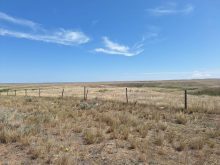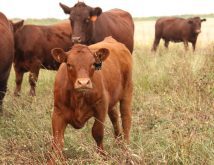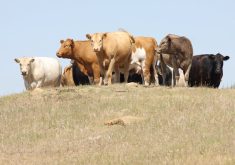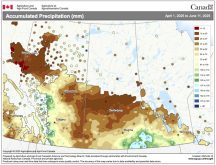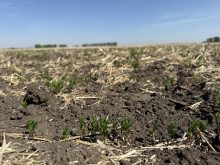MDs of Greenview and Lesser Slave River and Brazeau County left out of federal-provincial drought assistance program
CALGARY — Three rural municipalities in northern Alberta are fighting to get a financial lifeline for their livestock producers after being excluded from a federal-provincial drought assistance program.
People are dropping out of the cattle industry because of ongoing dry conditions that are raising fears about the sector’s prospects this year, said beef producer Bill Smith, who is deputy reeve of the Municipal District of Greenview near Grande Prairie.
He estimated more than 20 cow-calf producers, many of them younger people needed to maintain an aging industry, have quit in his municipality.
Read Also
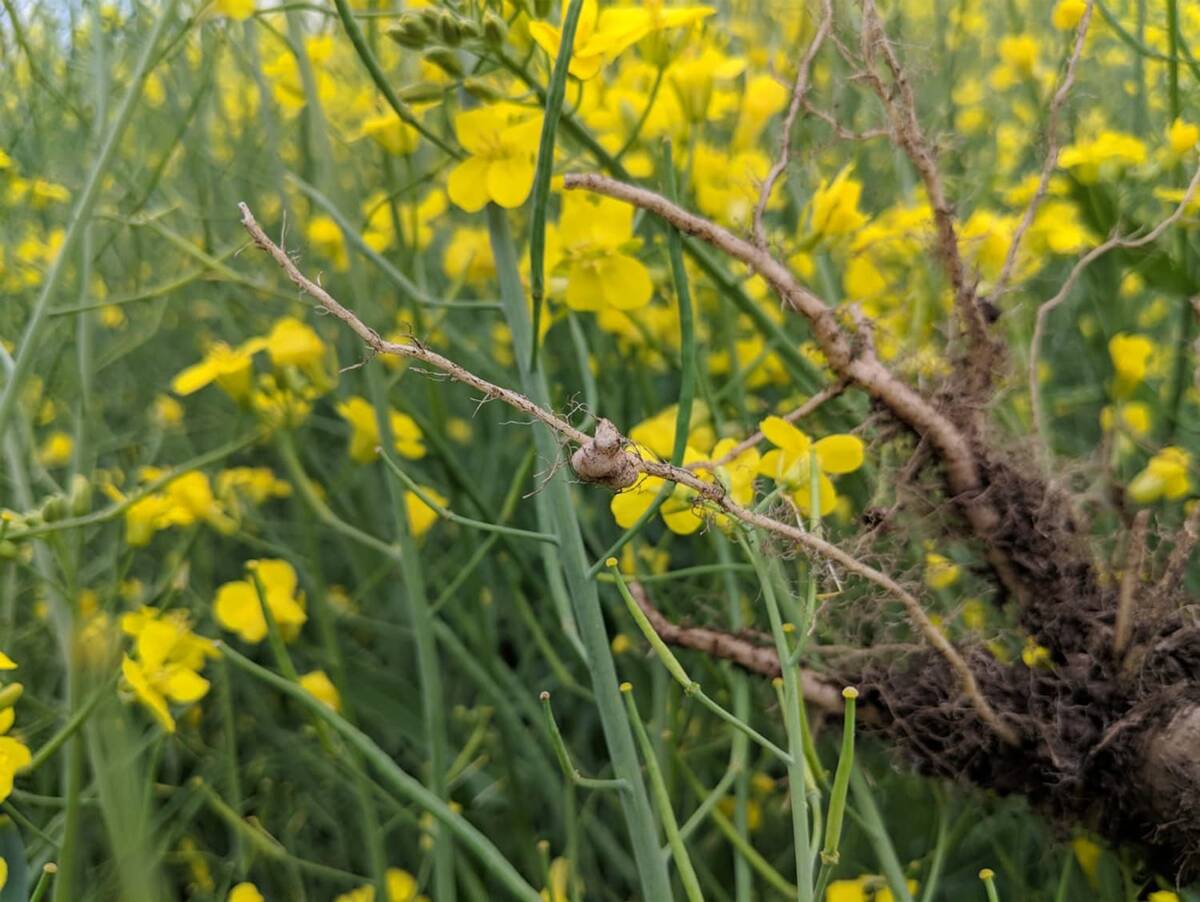
Going beyond “Resistant” on crop seed labels
Variety resistance is getting more specific on crop disease pathogens, but that information must be conveyed in a way that actually helps producers make rotation decisions.
Related stories:
- Livestock drought assistance expanded in Alta.
- VIDEO: Struggling ranchers call for fix to disaster relief
- Alta. takes steps to activate AgriRecovery
- Dryness gets serious in cattle country
“If we lose too many producers, then we’re going to lose the packing plants because we’re not going to have the animals. The snowball just keeps running.”
Smith, who is vice-chair of Greenview’s Agricultural Service Board, said the municipality joined Brazeau County and the Municipal District of Lesser Slave River in sending a letter Feb. 2 to federal agriculture minister Lawrence MacAulay.
They were excluded from the Canada-Alberta Drought Livestock Assistance Program, which provided producers with up to $165 million to help maintain breeding herds of female grazing animals. These range from cattle and bison to sheep, goats, elk, deer, horses, llamas and alpacas.
The letter urged MacAulay to include Greenview, Brazeau and Lesser Slave River in the program. A Feb. 26 email from Agriculture Canada said the provincial and federal governments worked together to set the parameters for drought assistance.
“The Canadian Drought Monitor (CDM) was used as a basis to ensure consistency and equity across jurisdictions. However, a provincial government could supplement that information with their respective regional intelligence. The CDM uses a scientific methodology to consolidate data and evidence and uses precipitation and temperature indicators, streamflow values and satellite imagery.”
Greenview was also excluded from a list of regions in Western Canada where livestock tax deferral had been authorized due to extreme weather conditions, further adding to the financial disadvantage that producers face in the municipality, said Smith.
“And the guys like myself, now I’m competing with the guys that did get that money to try and buy feed, or maybe look at building more dugouts to try and capture more water, so it really puts us at a disadvantage, in my mind.”
The drought livestock assistance program was announced Oct. 20 following dry conditions in 2023 that hit forage crops in Alberta. As a federal-provincial initiative under the AgriRecovery Framework, it allowed up to $150 per head for eligible producers.
Officials later announced that the application deadline for the program was being extended to Feb. 22 from Jan. 15, with the initiative expanded to include an additional 23 municipalities.
“Despite lobbying efforts by the province for the inclusion of all municipalities, the federal government declined the request,” said Smith in a statement issued Feb. 22 by the MD of Greenview.
“A closer examination revealed that the affected municipalities are primarily comprised of extensive forested crown lands with smaller zones of privately held agricultural lands. The Canadian Drought Monitor’s aggregation of weather data failed to account for the nuanced differences in precipitation patterns between these areas, leading to an incomplete understanding of the challenges faced by local producers.”
Greenview has about 8.15 million acres of land, with 874,257 acres, or 10.7 percent, consisting of agricultural land and about 7.3 million acres being crown or municipal land.
Smith said in an interview the Agriculture Financial Services Corp., which is administering the drought assistance program, has no weather stations in his area near Grovedale.
Agriculture Canada said in its email that department officials and the Alberta government worked together to determine the most drought impacted regions. It added the AgriRecovery Framework is meant to complement rather than duplicate or replace the suite of business risk management programs for producers, such as AgriStability.
“The federal and provincial governments are committed to supporting farmers and ranchers in need.”
Smith said his farm has already gone through three dugouts of water and is on to its fourth because of dry conditions this winter.
“And if we don’t get moisture, I don’t know what will happen.… It’s not just cows. You’ve got your sheep farmers and all the rest of it.”







